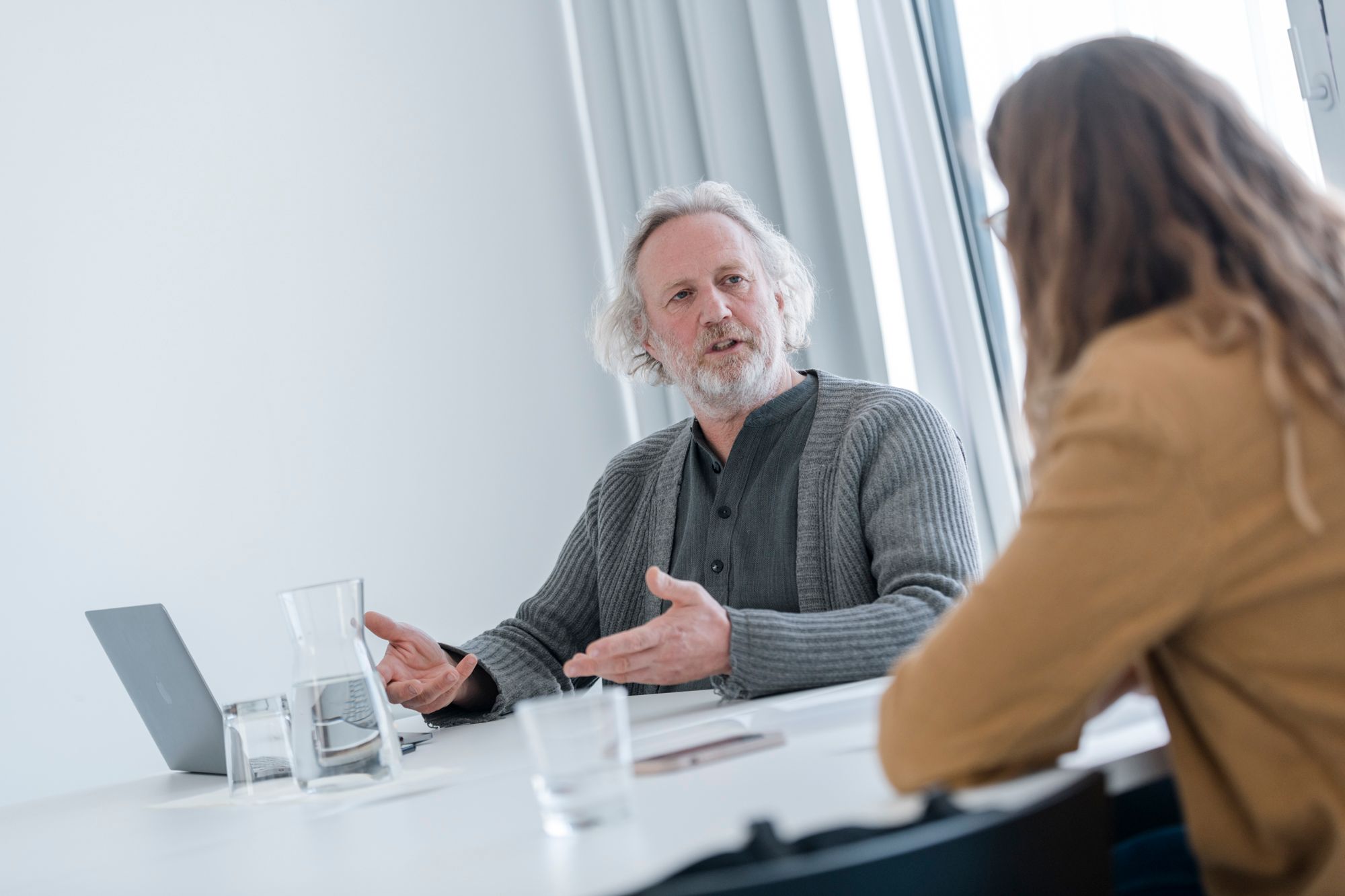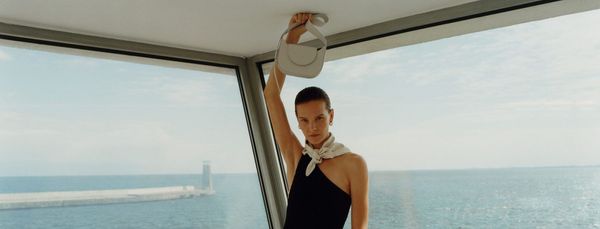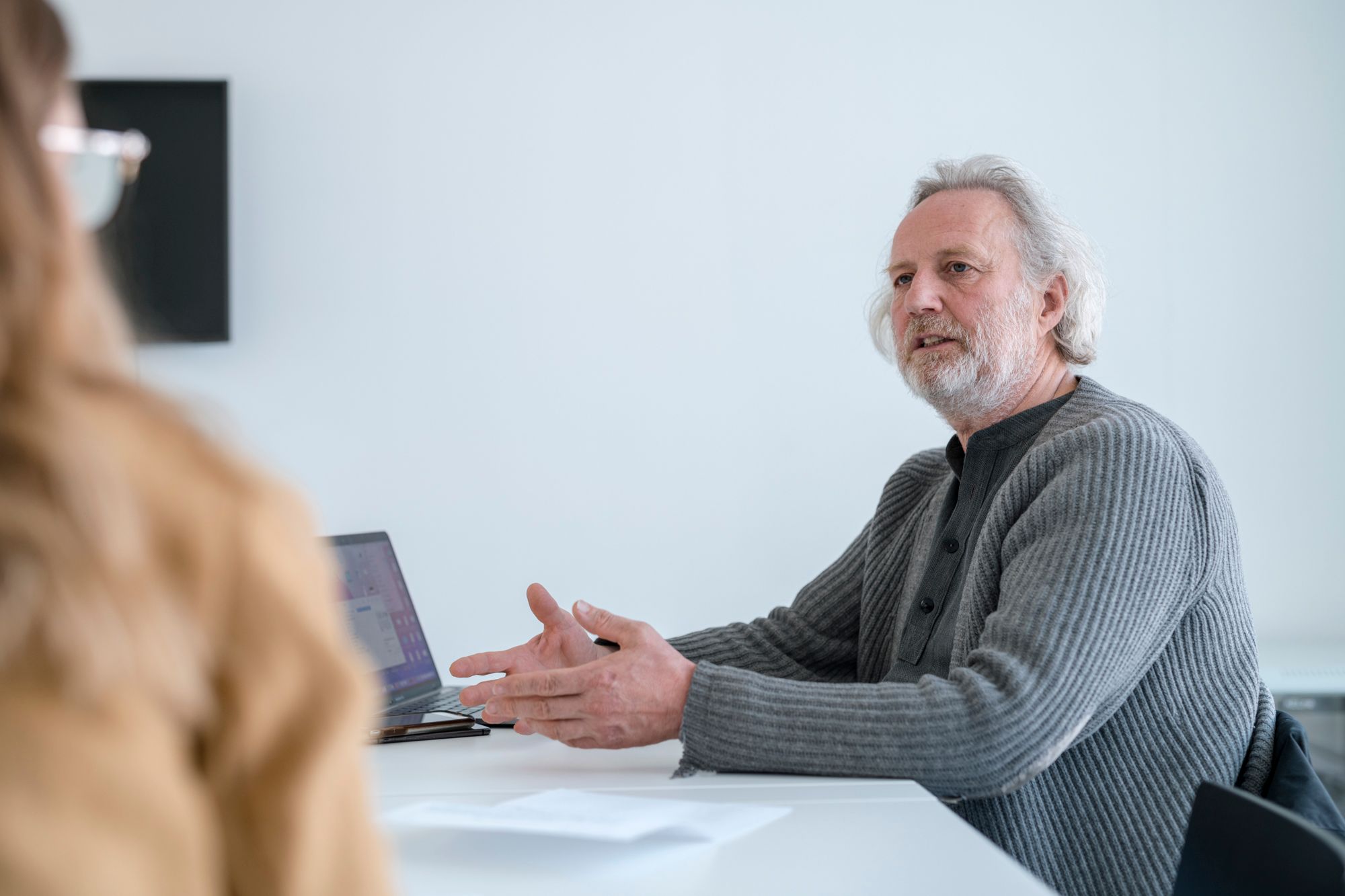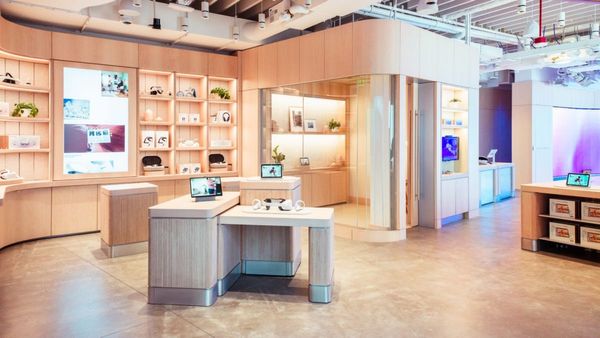One of the most notorious figures of Dutch design, Jurgen Bay has arrived in Budapest. The visionary designer arrived in the capital at the invitation of MOME MAG and held a professional workshop at the Moholy-Nagy University of Art and Design, where, among others, he talked about the concept of Water School, which he founded. Exclusive interview with Jurgen Bey.
This is not the first time that you are invited to the Moholy-Nagy University of Art and Design. The world has changed a lot since your last visit to Budapest. How do you see this change reflected in design?
It’s a difficult question, in my own school where I teach, for example, the whole identity politics is a huge question of who owns what, who lives where, and how we deal with that and each other. I think it also came back with Covid. These are things that have huge impacts. Not so long ago, if you walked into a supermarket full of people, you could almost feel where they were, how people were positioned. We have become very sensitive to space and how we behave and move in it. Before the pandemic, we were always running, but with the sense of danger and distance, we noticed what was around us and moved accordingly. It’s like when a dancer sees how your feet are standing and they know from that which way and how you are going to move. They are so aware of people’s physicality and social behavior that it’s like a second language to them. I think this language is very important. If you want to make a change, the whole idea of behavior can play a very significant role.
You founded Studio Makkink & Bey with architect Rianne Makkink in 2022, where you create not only design products and furniture, but also architectural designs for interiors, exhibitions and public spaces. What inspired you to design on such a broad spectrum between private and public spaces?
Sometimes I’m not sure if it’s lucky to have such a wide range of interests, because it also means that it’s not clear to others who you really are and what you stand for. Which also has its pros and cons. I’ve always been interested in the whole landscape, but if you want to know the bigger, complete picture, you have to consider the implications of things. I still feel mostly like a product designer, I tend to start from a smaller scale when I’m interested in specific things and materials. But over time, I would like to track the impact of the products I design.
What happens if you think of this whole picture as a workflow? Well, then your brain gets hooked on this train of thought. For example, if you think about what is happening in the fashion industry when you think about sustainability, you also have to think about the consequences of how the industry works. There are pros and cons to this: if our wardrobes did not change at such a rate because we were wearing our clothes for longer, and they therefore had a longer life, then the process could be much more sustainable. On the flip side, if you want to change the system, you need to be aware of the amount of work that goes into it. If you stopped fabric production immediately, you would have a lot of people out of work, which you would then have to remedy, and because you would lose the work, you would lose the social community.


One of the main topics of your presentation is the Water School project, which has been continuously on tour since its start in 2018. Can you tell us a bit about the concept of the design research and what led to its unbroken success?
We were involved in a project in Dwarka, India, in a populated and very rapidly developing area, where water management was not well organized. Together with architects and urban planners, we envisioned a school as a solution to this problem, a place for all the ideas on how to live and manage water properly. In a primary school, the whole of society is still present in one place, and children are still in contact with their parents, who play an important role. So we came up with the idea of the school, we thought if we bring the concept to the school, the students can take it home and share it with their parents. Parents are more likely to listen to their children as an outside force, giving the new opportunity a chance. Then, as time goes by, seeing the change, adults become part of it and gain more followers and so it goes from generation to generation. By thinking in this way, we can influence society by improving it. An example of this concept is the recycling of dirty mop water. When you clean up the floor, there is all the dirt you have collected. From the dirt, you can then make a pencil to write with. This process gives you an understanding of the importance of cleaning and cleanliness. But also to know that you can make really nice crayons from it, and then leave a permanent mark. It’s thought-provoking on many different levels, opening up a whole new knowledge on many different levels and from many different perspectives. And the most interesting part is that all this change and process is happening in your environment.

The values of community and sustainability are very important to you. To achieve this, you are not afraid to cross different disciplines. How do you see design culture today, in terms of changes of analytical design?
All in all, I think the ultimate goal is to create your own living environment, your own community. In a similar way to how the MOME is becoming a school to a campus. When you are studying for a certain period of time, you are engaged in a certain way of life during that period of time, during which you discover your desires and the consequences of your thinking. And what do you need to do that? You don’t need a thousand critical people, you just need one who is highly critical. But of course, you can’t be critical if you have nothing to be critical about, and that takes work. You also need a person who is really only concerned with the material shaping: who builds it and really gives himself completely to it, to the extent that in the process of making it his hands become precise tools. I believe that we are all interdisciplinary, but at the same time, we all have to work based on a certain point of view. If you are interested in architecture or you are an architect, everything you do should be related to the idea of how to create a space. Interdisciplinarity does not mean that you do a lot of different kinds of work. Rather, you can think of it as an orchestra that can give a great concert with all the instruments in different positions, each capable of doing something really well. But together, as an orchestra, they are meant to do much more than they do individually. It’s a bit elusive, which is why it’s not easy to think about. It is also the analogy of the debate about developing and training outstanding talent. Imagine a concert community where everyone is lined up, who is more needed? There’s the violinist, the singer, then the trumpet, and so on, but who’s going to play the triangle? They all have to be independent. If we only considered their qualities, the triangle would never exist, because no one would ever be dazzled by their individual qualities. But if you look at the end result, each has its own position, which is what makes the music so special. I think it’s exactly the same in education. You have to look at things in a much broader sense, which is why I feel that within design, each era has a different emphasis. But it is very important that the interdisciplinary position is always included.

As an active part of design education, what do you think is the most important role for a young designer today?
First, don’t be afraid to utterly believe in yourself. It is essential to realize that we are all blessed with different talents. The question is where we can harness these talents. I continue to believe that education is where we can develop most completely, even at a social level. It is crucial for education to be absolutely inclusive, because it is here that awareness can become truly resilient, given time. I believe that this is really possible with education, because there are so many voices around you. You are part of a library of knowledge where you really shape your own path by knowing what you like and what you don’t like. Trying to understand your qualities and how you can act on them is an extremely important part of students’ development.
Photos: Máté Lakos
MOME | Web | Facebook | Instagram
Jurgen Bey | Facebook
Studio Makkink & Bey | Web | Facebook | Instagram

Estonia: the powerhouse of innovation | The transition to democracy in our region I.











